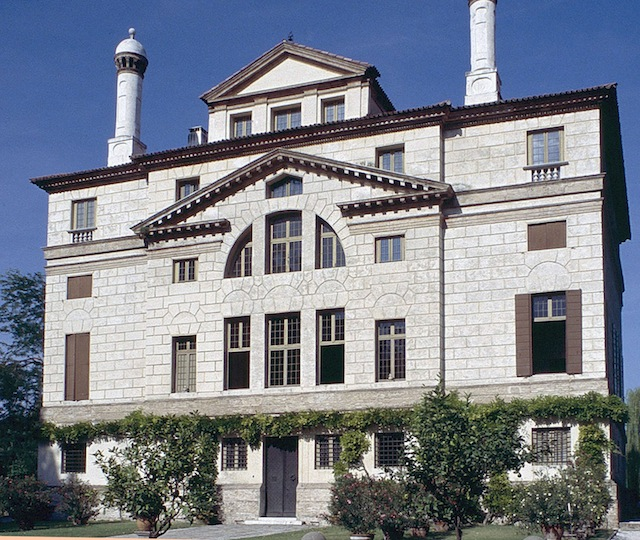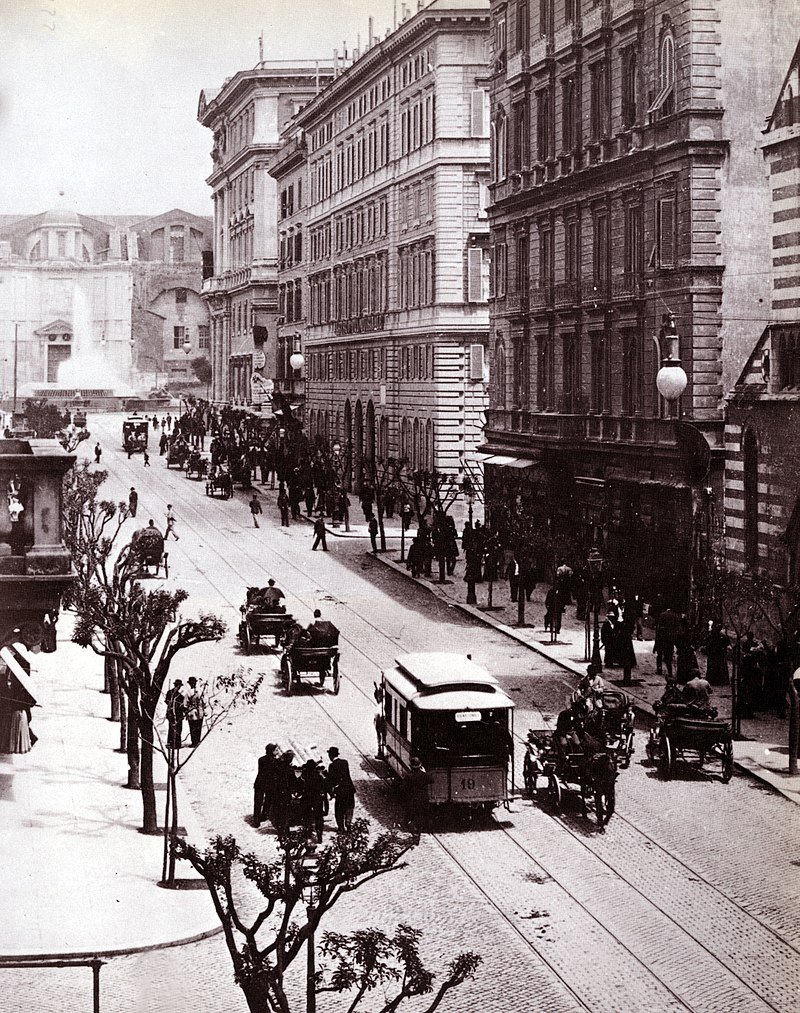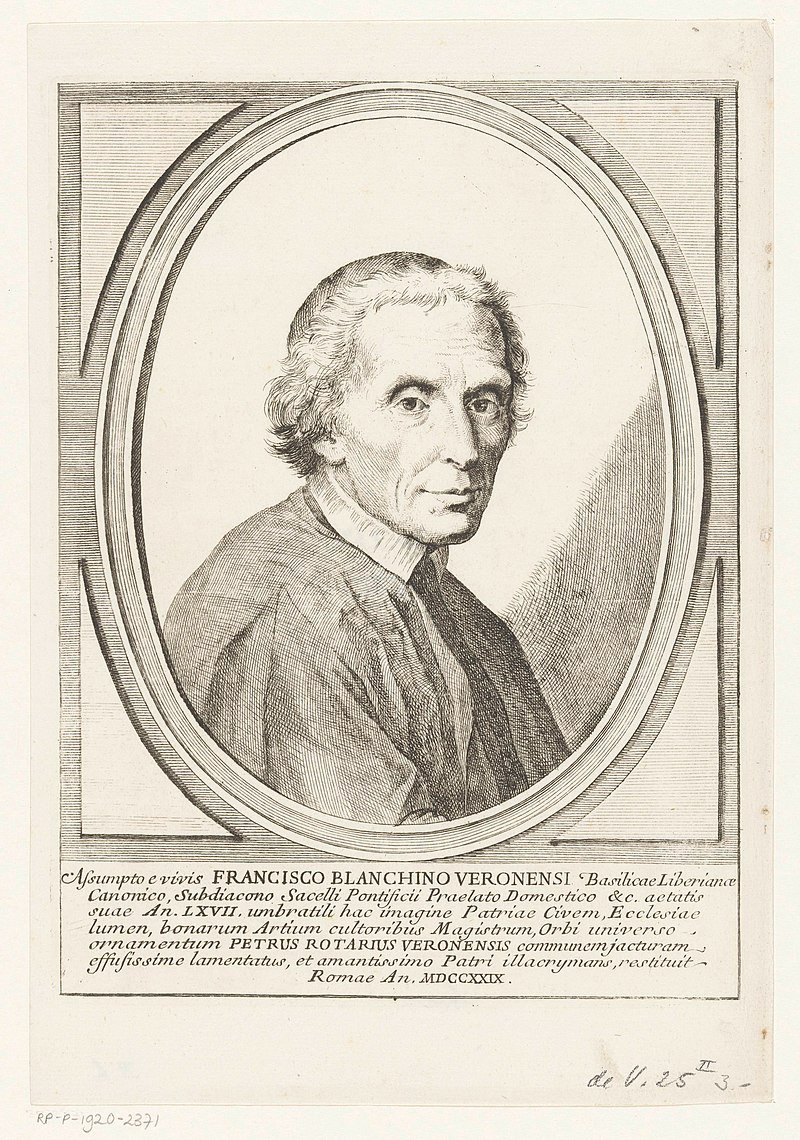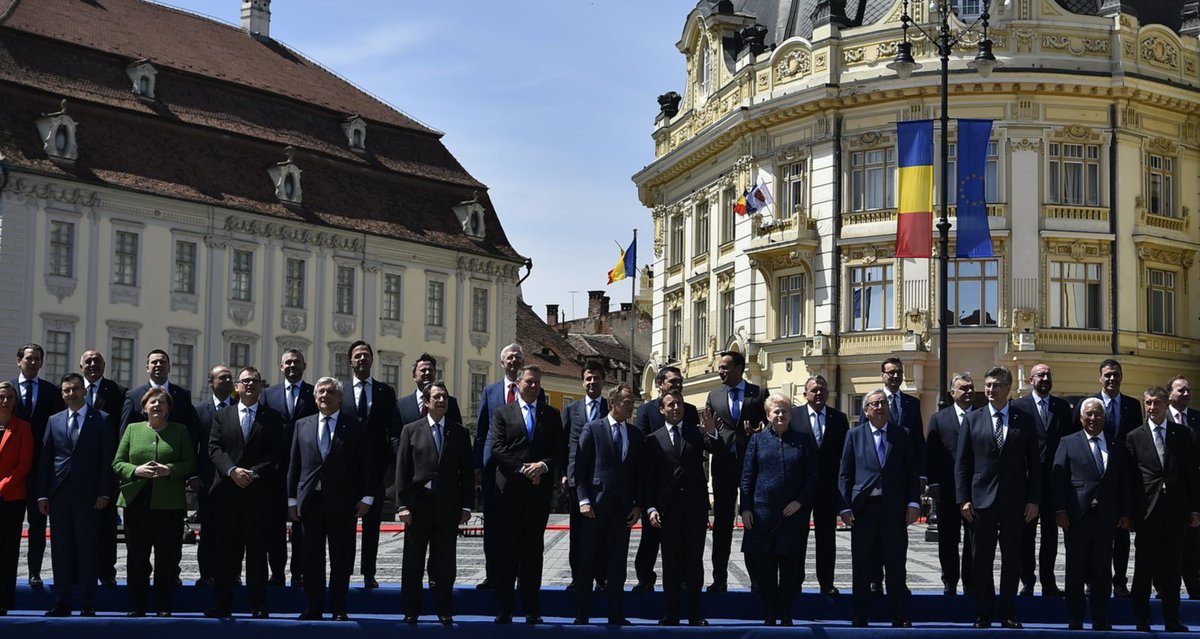
The late European Parliament President David Sassoli's funeral is taking place this morning at Rome's Basilica di Santa Maria degli Angeli e dei Martiri. Some quick notes on the incredible building in which the Italian Republic traditionally stages its state funerals. 



As can be grasped by the semi-ruinous look of its exteriors, this Roman Catholic minor basilica is actually located within what was once the frigidarium of the Baths of Diocletian, originally commissioned by the emperor Maximian in honor of his co-emperor, Diocletian, in 298 AD. 

Diocletian (242-312 AD) was a cavalry commander who took power in 284, in midst of a major crisis in the Roman Empire; he preferred to oversee the Eastern Empire and named fellow office Maximian as co-emperor over the Western Empire in 286. 



It's worth noting that neither co-emperor settled in Rome. Both were warriors who preferred to be on campaign with their armies; Diocletian didn't even visit Rome until 303 AD and would eventually retire to his palace in Split, while Maximian's headquarters were in Trier. 







Still, Rome is Rome, and it was important to keep it happy — and show that a stable new regime was in place. The baths were built to serve the populous Quirinale, Viminale and Esquilino quarters, and their construction required the destruction of an existing neighborhood. 

The Baths of Diocletian were nothing short of monumental and would be the largest of the thermae built during the Roman Empire. Covering 140,000 m², they dwarfed the Baths of Agrippa (Rome's first great thermae, completed in 25 BC and located right behind the Pantheon)... 







...as well as those of Trajan (109 AD) and Caracalla (217 AD). The massive building project took some eight years to complete and was only inaugurated under Constantius Chlorus in 306 AD, after Diocletian and Maximian retired as co-emperors. 







During the 200+ years they remained in service, the Baths of Diocletian represented the very height of Roman sophistication. Like the other thermae, they were richly decorated with fine marbles, statues and elaborate mosaics, and they almost certainly contained public libraries. 



The Baths of Diocletian survived the first two AD sacks of Rome (410 and 455), but like the other thermae, this key point for Roman hygiene and social intermixing was put out of commission after the fall of the Western Roman Empire to the Ostrogoths. 

In 537 AD the Ostrogoth king Vitiges ordered the aqueducts that fed into Rome — and supplied the thermae — in order to further subjugate the Eternal City. Without water, the Baths of Diocletian were abandoned and pillaged over subsequent centuries. 

Despite their ruinous state, one thousand years later the Baths continued to be a source of wonder. The legendary Renaissance architect Andrea Palladio (1508-1580) famously undertook a detailed study of the site and produced a projection of what the Baths might have looked like. 





That study ended up influencing Renaissance architecture thanks to the revived incorporation of so-called "Diocletian windows" into buildings like Villa Foscari (1560), the Venetian Church of San Francesco della Vigna (1570), and the far later, Baroque Church of San Moisè (1688). 







(Much later on, these windows were also incorporated into the 1852 design of King's Cross Station in London, McKim, Mead and White's 1910 Penn Station, itself a monumental building which recreated several Roman thermae, and which was criminally demolished in 1963.) 







In 1560 Pius IV (1499-1565) commissioned an aged Michelangelo (1475-1564) to turn a portion of the Baths' ruins into a church and Carthusian monastery. The project, construction of which only started after the artist's death, included one fairly classic — but huge — cloister... 





...today decorated with statues recovered from the Baths' ruins, as well as colossal animal heads brought from around Trajan's Column, and the smaller Ludovisi cloister that once housed the eponymous statue collection. 







Michelangelo also designed the plans to turn the Baths' former frigidarium — its large, cold water pool area — into the Basilica di Santa Maria degli Angeli e dei Martiri, so-named because of the Christian slave laborers alleged to have been used to build the structure... 

...But the building that currently stands probably bares little resemblance to what Michelangelo envisioned, because it was so extensively reworked by late Baroque architect Luigi Vanvitelli (1700-1773), best known for his inconceivably grand Reggia di Caserta. 

(Quick aside: we don't talk enough about the impact the Reggia di Caserta, but what is still the world's largest palace in terms of volume was a major game-changer in XVIII century Europe, setting off an arms race among kings competing to have biggest royal residence.) 

By all accounts, Michelangelo's design for the Basilica was pretty clean, as is shown by the austere, white groin vaults that remain unchanged from that period. But Vanvitelli strove to recreate the grandeur of the Roman thermae and bedecked the building in marbles and stucco. 







It should be noted that even parts of the Baths were turned into a basilica / monastery, the site continued to be pillaged or damaged. In the 1580s Pope Sixtus V (1521-1590) used explosives to raze part of the ruins and clear space for Villa Montalto Peretti. 



Fun fact: the land upon which the villa was built was indirectly purchased in Sixtus' sister's name. At the time he was a cardinal, and he didn't want then-Pope Gregory XIII that he possessed a massive personal fortune. Anyway, it was demolished in 1860, when Termini was built. 

More of the Baths' ruins were destroyed after the Risorgimento was completed in 1871 and Rome became capital of the unified Kingdom of Italy, setting off a redesign of the city. 



The construction of the Via Nazionale — a major, grand new thoroughfare — and what is now known as the Piazza della Repubblica also meant clearing away of ruins. But it also put the Basilica in an especially prominent space within the city. 



That led the Basilica to become the official state church during the Kingdom of Italy (1870-1946). The site hosted the wedding of Crown Prince Vittorio Emanuele with Elena of Montenegro in 1896, and numerous state funerals from that point onward. 

Last year the Basilica was the site of the state funeral for Luca Attanasio, Italian Ambassador to Congo, and carabiniere Vittorio Iacovacci, both of whom were murdered in the Kivu region on Feburary 22, 2021. 



Its selection for Sassoli's funeral is certainly fitting given his role as a leading Italian statesman, but is also a pleasant nod to his Catholic upbringing and the profoundly humanist ideals he defended throughout his life. 

In addition to being a literal remnant of the classical era that shaped humanist principles, the Basilica is home to the 1702 Meridian Line installed by astronomer and philosopher Franceso Bianchini (1662-1729) to measure solar elevation and time of year. 



The setting seems an especially fitting one in which to say goodbye to a man with strong Catholic-humanist convictions, and who strove to speak out in favor dignity and empathy in the context of the greater European project.
Good afternoon.
Good afternoon.

* Apologies for the barrage of typos and at times incomplete thoughts in this thread, which wasn't planned out in advance. Thanks for your patience and kind feedback! 

• • •
Missing some Tweet in this thread? You can try to
force a refresh




















